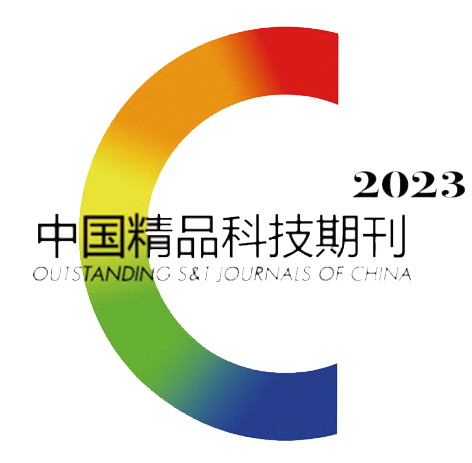Analysis of Volatile Components of Nine Punica grcanatum L. Cultivars Grown in Xinjiang Based on Electronic Nose and HS-SPME-GC-MS
-
Abstract
In this study, headspace solid-phase microextraction combined with gas chromatography-mass spectrometry (HS-SPME-GC-MS) and electronic nose technology were used to analyze the volatile components of the fruit from nine pomegranate (Punica granatum) cultivars grown in southern Xinjiang. The conditions for solid-phase microextraction were optimized. The optimal conditions for headspace solid-phase microextraction were as follows: salt concentration 0.3 g/mL, extraction time 45 min, and extraction temperature 45 °C. The electronic nose detected differences in the volatile components of the fruit among the pomegranate cultivars. A total of 73 compounds were detected from the nine pomegranate fruit samples by HS-SPME-GC-MS, comprising 23 terpenes, 16 alcohols, 3 esters, 15 aldehydes, 5 ketones, 8 acids, and 3 others. Thus, six types of volatile components were distinguished, with a relative content of 63.11%~92.32%, which comprised the main constituents of the volatile components of Xinjiang pomegranate fruit. In each of the nine cultivars, 2, 6, 0, 1, 3, 3, 3, 3, and 3 unique volatile components were detected, hence each cultivar had a unique complement of fruit volatiles. The results could provide a reference for fruit quality evaluation and utilization of pomegranate cultivars in Xinjiang.
-

-





 DownLoad:
DownLoad: